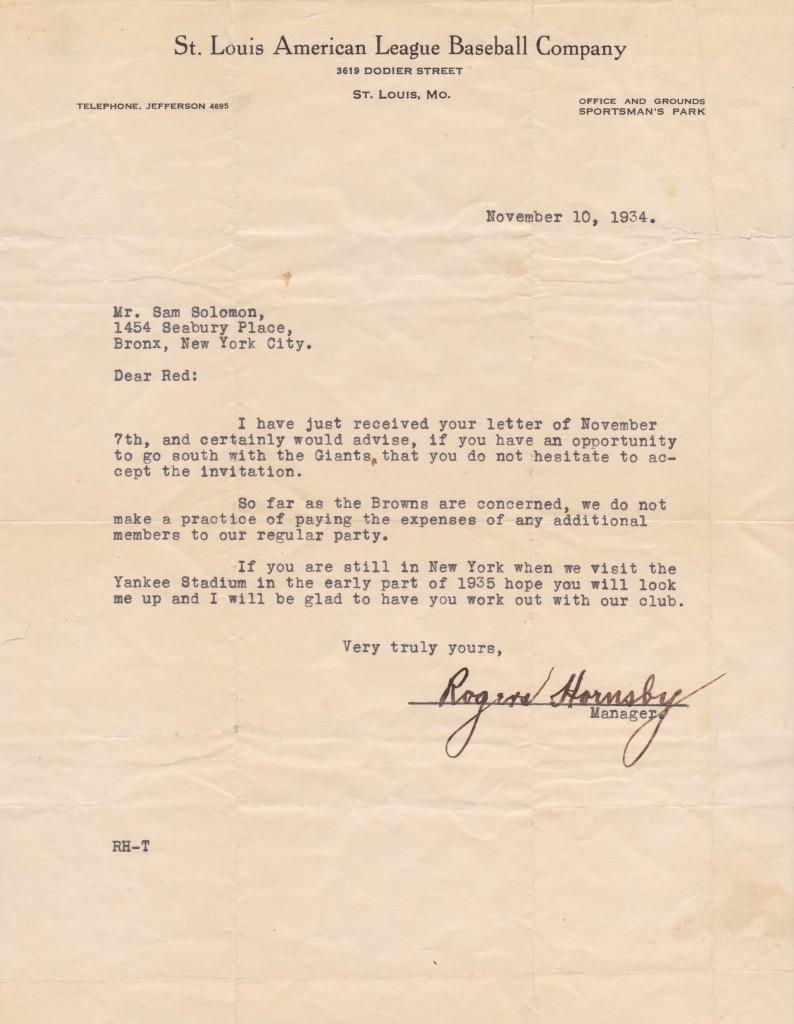
Rogers Hornsby’s dominance of the 1920s was profound. For the decade he hit .383 with a .460 on-base percentage and a .637 slugging mark. His yearly averages include 208 hits, 40 doubles, 12 triples, 25 homers, 115 RBI, and 347 total bases.
He tallied 6 seasons of double-digit WAR totals and 94.4 WAR overall during the decade. His OPS+ in the 20s was 188.
In eight of the ten seasons, he stood atop the Senior Circuit in on-base and slugging percentage. Hornsby won all 7 of his batting titles during the 20s including each one in the first 6 years of the decade.
From 1921-1925 he averaged .402 with an incredible OPS+ of 204. His dominance was complete.
Shown here on Browns letterhead is a correspondence from Hornsby to Sam “Red Solomon”. Dated November 10, 1934 the letter is original and vintage, the signature is clearly secretarial.
As a 12-year old in 1928, Red was a baseball sensation. As third baseman and manager of the Bronx Kiwanis team, he led them to a 20-1 record and New York’s city-wide sandlot championship.
In 1929 Cubs Manager Joe McCarthy signed Solomon to a contract. According to Gary Cierdkowski, McCarthy said of Red, “I consider young Solomon the best natural baseball player for his size I have ever seen.”
The Cubs signed the young phenom to a contract touting him as a prospect. When the team played in Brooklyn, New York, or Philadelphia, Red worked out with them. Hornsby was the Chicago second basemen and NL MVP that season and often gave Solomon batting tips.
In 1933 the 17-year old Solomon was invited to a tryout with the Brooklyn Dodgers. During the scrimmage a runner collided with Red at third base, causing a double compound fracture with bones protruding through the skin. Doctors said the gruesome injury spelled the end of the boy’s career.
The above letter is written to Solomon in late 1934. As manager of the St. Louis Browns, Hornsby tells Red, “if you have the opportunity to go south with the Giants…do not hesitate to accept the invitation”. Rajah goes on to that when the Browns, “visit Yankee Stadium in the early part of 1935 hope you will look me up and I will be glad to have you work out with our club.”
Solomon never did make the professional ranks. He did, however, play in semi-pro leagues for many years in New York and New Jersey.
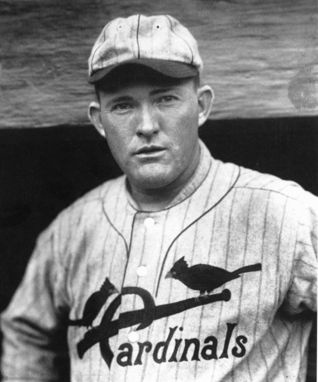
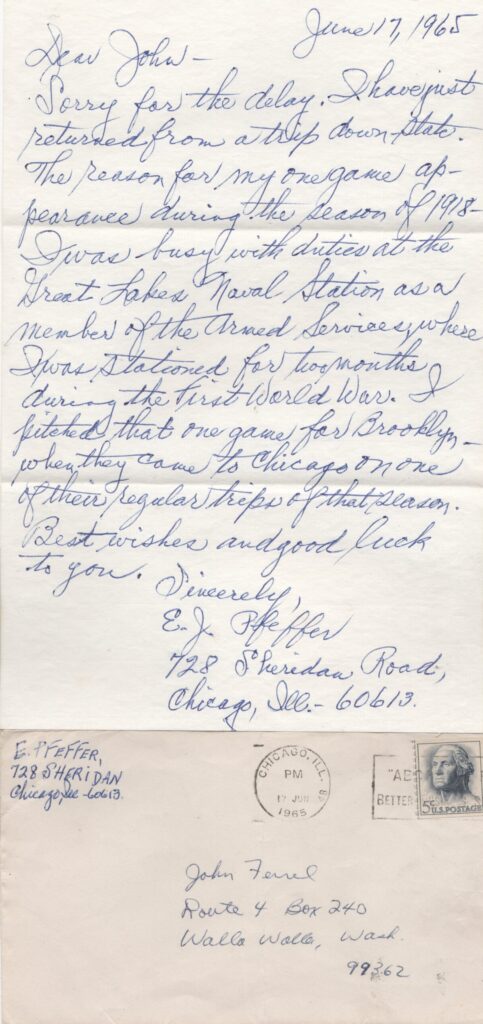
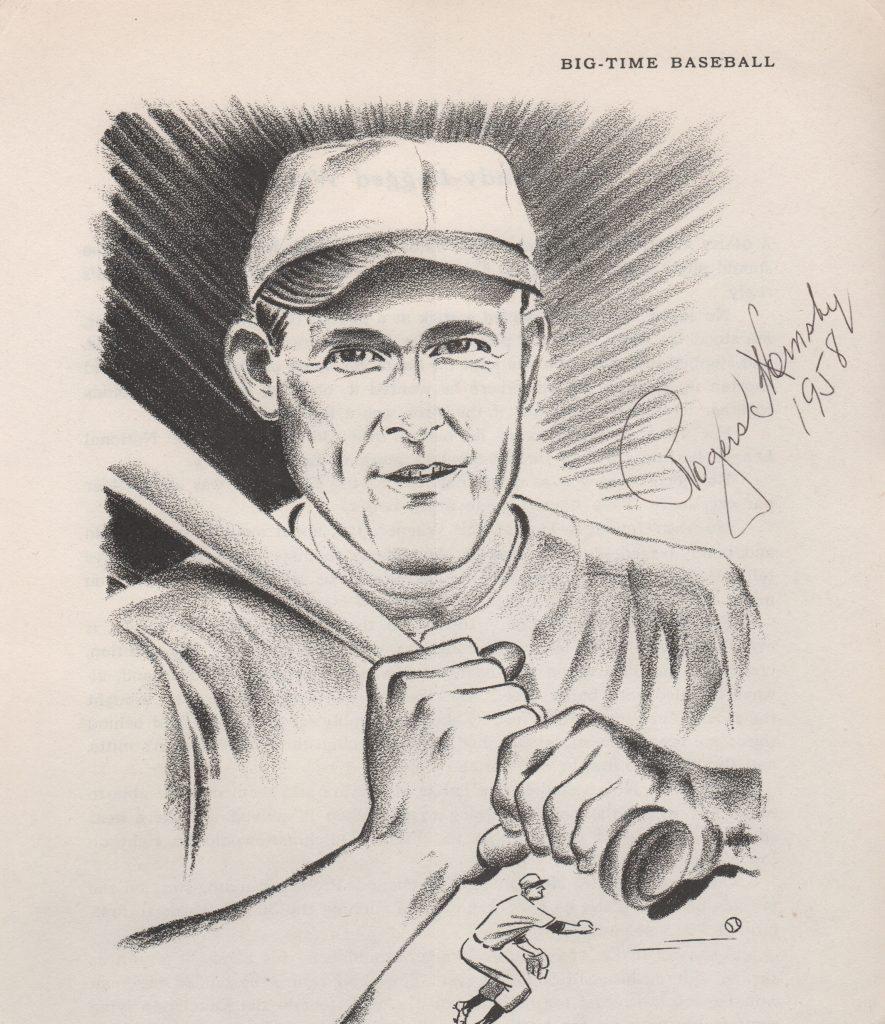

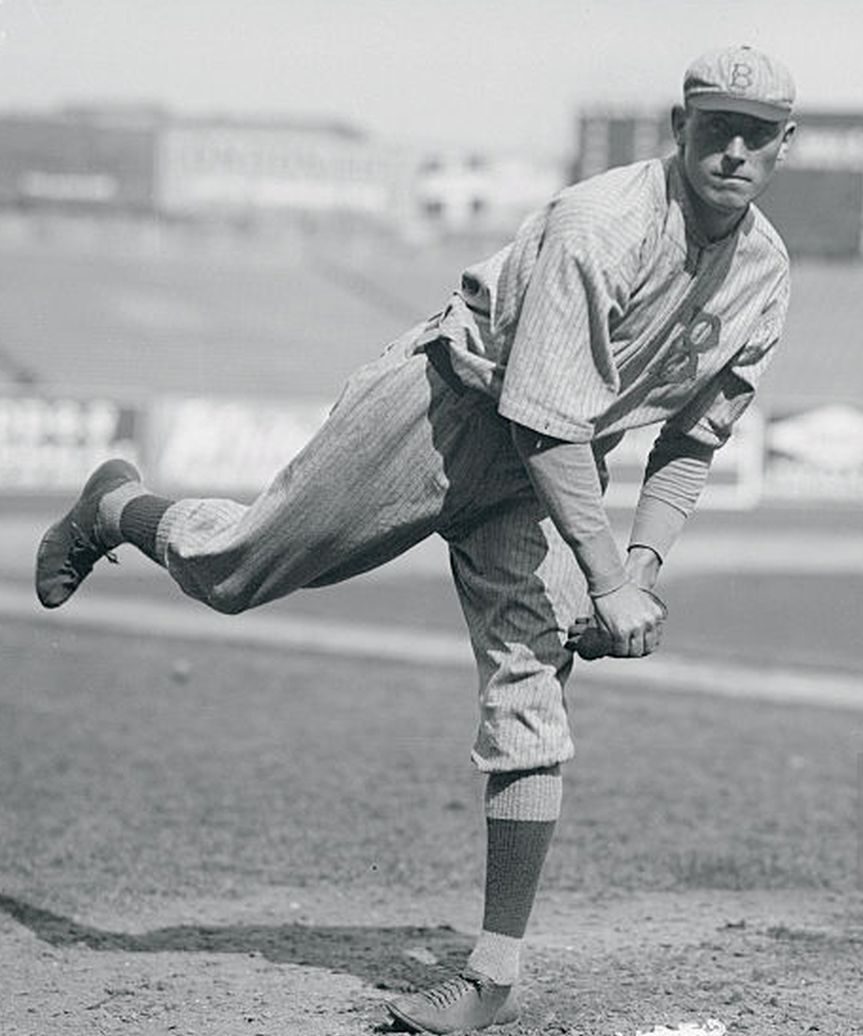
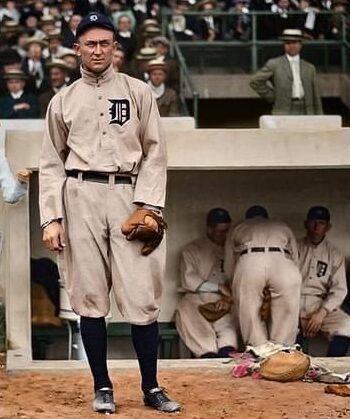
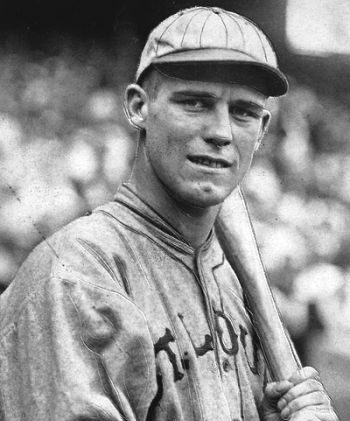
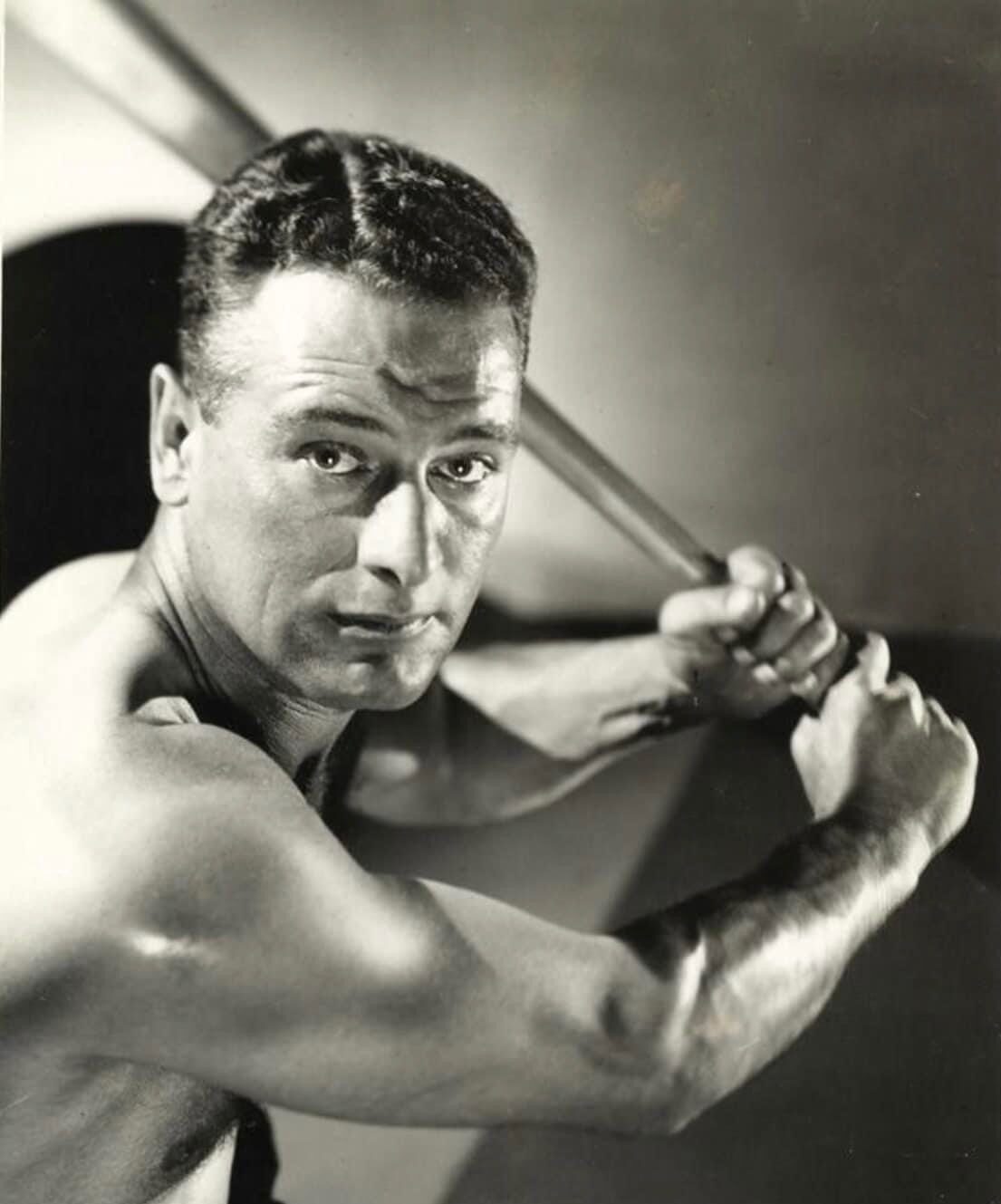
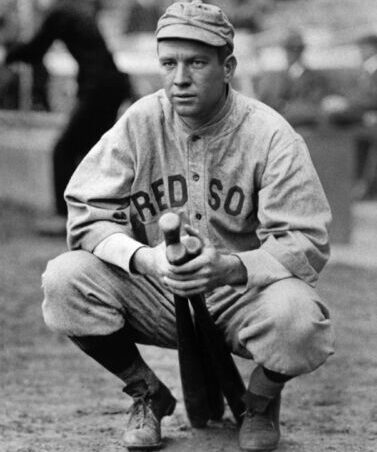
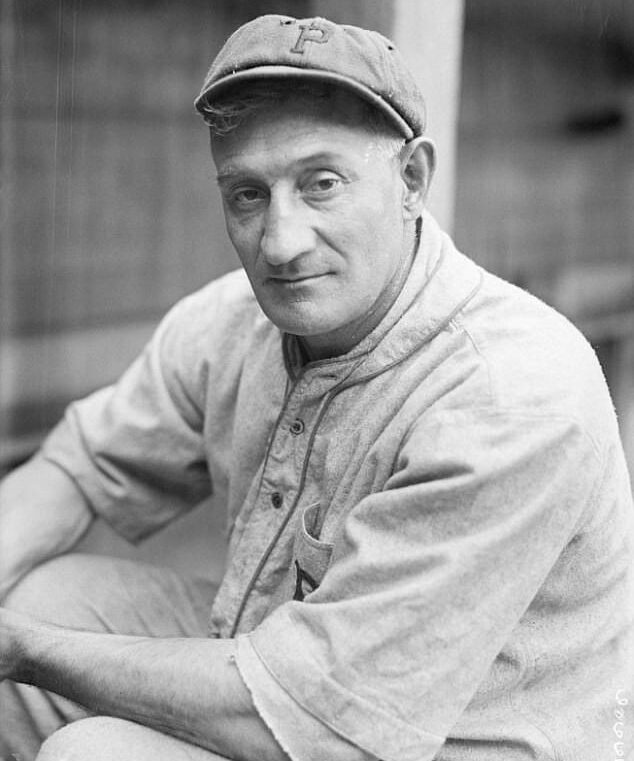
I have a Rogers Hornsby h117 coach’s bat
1950 Beaumont Roughnecks
125 H&M’s Louisville slugger
Genuine
Reg us patt off
34inchs long
H117 stamp on knob
Used by Hornsby
With cleat marks and stitch marks
Rack marks
Has hash marks on knob that I believe was his and around the knob which I believe was my fathers after he got the bat
And there is a number written just under knob
First number could be a 1 a 7 or maybe a 9 I’m not sure but it reads
?246
I can put my dad in ny in 48/49
And he was also in Beaumont in 1950
Not sure how he got it but he spoke of him and told me as a child about him having this bat
Thank you for sharing, Michael. Baseball has such a rich history.
Red Solomon, to whom Hornsby wrote the letter about the tryout, was no stranger: He had been the 13-year-old phenom/mascot for the 1929 Cubs on which Hornsby played. Red remained a standout player through his teens in New York and was already scheduled for a pro tryout when he suffered a devastating leg fracture in a game. Yankees manager Joe McCarthy (who had managed the Cubs) got the team doctors to help with Red’s treatment, and Hornsby visited him in the hospital. This letter came after his recovery, but he never did regain his top form and didn’t get signed. (HT Gary Joseph Cieradkowski, “The League of Outsider Baseball)
I agree with Ted Williams that Foxx was the greatest right hand hitter